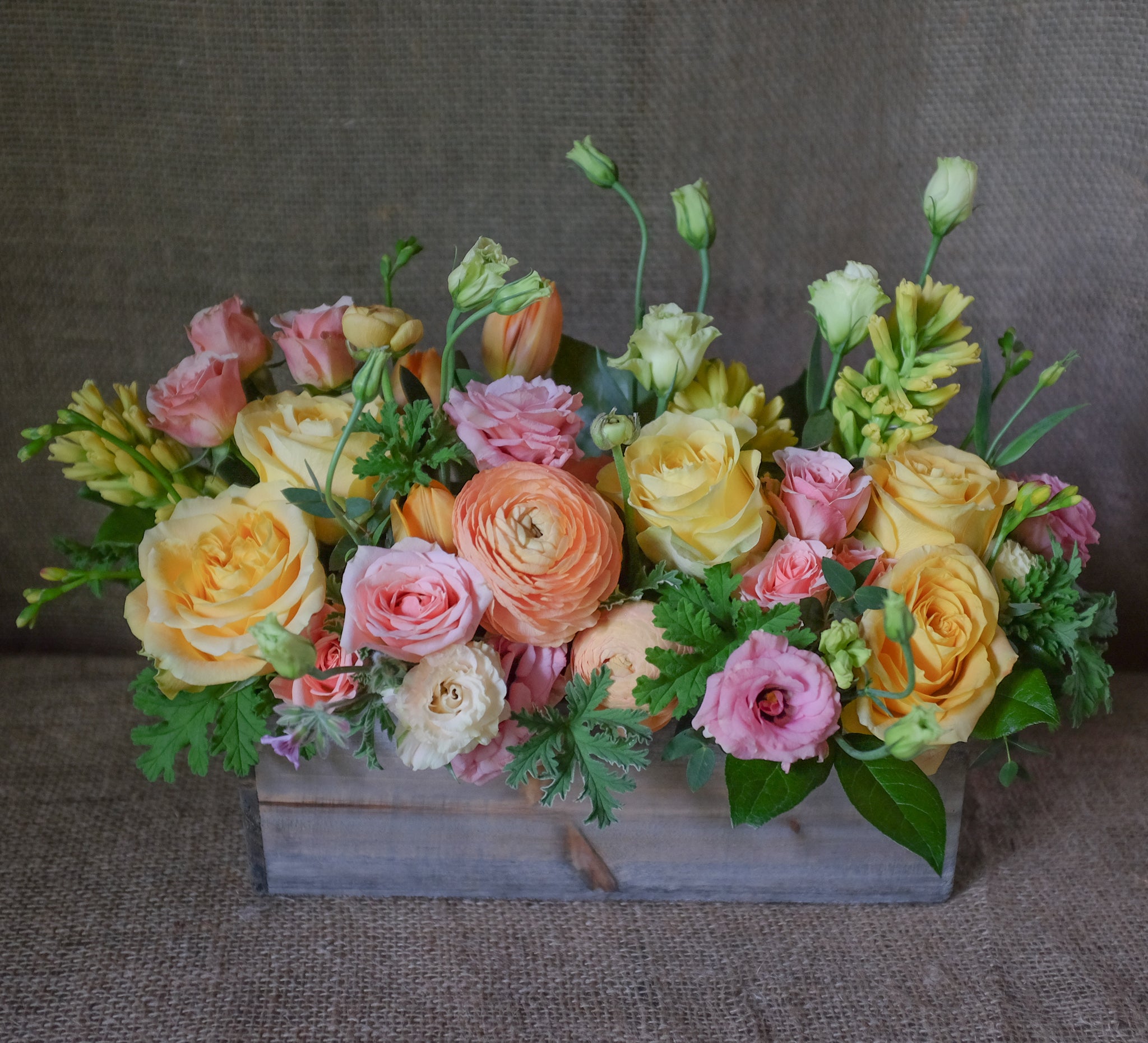Whenever I walk through a garden, my mind is drawn first to admiring the beauty around me or appreciating the design and labor that went into creating the space. I don’t typically wonder why the garden is there in the first place: it’s just there, like any other part of my environment is there. My time at this year’s Perennial Plant Association National Symposium, however, challenged me to think more critically about the “why” behind every beautiful space.
Several of the landscaping projects that the presenters discussed wouldn’t even exist without a specific “why.” The Brooklyn Bridge Park, for example, was designed to provide recreational space where city residents could take a break from the road noise and visual monotony of the concrete jungle. Other urban green spaces, like green roofs or sky gardens, have both an aesthetic “why” (turning an unsightly single-use space into a captivating nature scape) and a pragmatic “why:” they capture water runoff, heat, carbon dioxide and pollutants. Even the prestigious Biltmore Estate gardens have their “why.” These gardens color inside the lines and prioritize visual organization and aesthetics, using old stone walls and walking paths to frame art gallery-style flower beds that change every few weeks to dazzle the paying tourist.
On the tour later, this new thought began to cross my mind: what is the purpose of this garden? Whether it was the research farm, the breweries, the private gardens or the retailers, each green space had its own reason for existing. The home gardens were very personal and intimate, reflecting the gardeners’ style and priorities (whether that was to be easily maintained, hide a utility box or simply to make the neighbors jealous). The retailers created engaging displays to inspire customers, and the brewery went to great lengths to create a peaceful space where patrons would want to linger and explore.
After my time at the symposium, I find I have new appreciation for the thought and planning that went into my favorite natural spaces. Considering a garden's purpose puts you in conversation with its designer and in community with all of the other people who have enjoyed a splash of green in the middle of a crowded city or a flowery oasis right next to your favorite pub.
By Jonathon Milburn
Read about other Team Members' Trips or learn about how to Join the Team.


